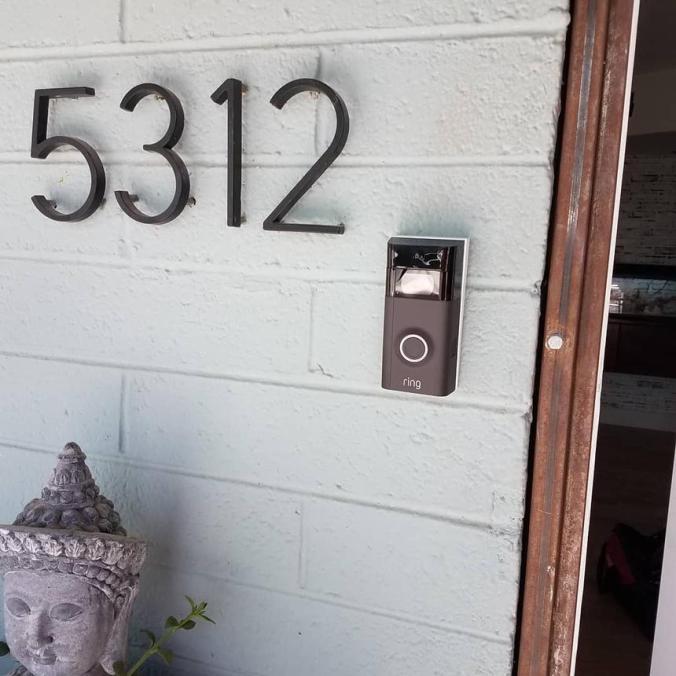
How I Bought My First House From Out of State
And how I survived when my loan fell through before closing.
Image: HouseLogic
Name: Andrea Lawson, 36
City: Madison, Wis.
Year of Home Purchase: 2014
Sale Price: $222,500
Home style: 2006 condo
Profession: Social worker
When Andrea Lawson got a dream job in a new city, she knew exactly where she wanted to live: an urban, walkable neighborhood near her new job in downtown Madison. Though she was hesitant to commit to buying a home before knowing for sure the job and city were the right fit for her, rental prices made buying the smarter financial move.
In just a two-day trip to Madison, she found a place she liked, made an offer, and had it accepted by the seller. All was great until her loan fell through prior to closing.
Before we talk about the horror story of your deal collapsing at the eleventh hour, let’s start with your house hunt. What made you take the plunge and buy a home in a new city, even before you’d started your new job?
Andrea: Actually, I wasn’t ready to buy. I wanted to rent a place. But prices of rentals were steeper than I expected, because of pressure from the University of Wisconsin and the tech industry. Students snapped up the best rentals, and lots of people wanted to be in the city center.
You switched gears in 24 hours, going from looking-to-rent to looking-to-buy. How did you manage that fast of a change?
Andrea: I only had a weekend to look because I was still working in Michigan at my previous job. I had to make a decision fast. I got my agent Kari Manson Hvam [a referral from a friend], to help me find listings of houses for sale. Her access to the MLS helped me see what was available. I had a price limit and geographic requirement. The agent said, “These are the four properties that fit what you are looking for.” I looked at all of them in one day.
How did you know when you found The One?
Andrea: The condo had all the things I wanted. It was open and had south-facing windows that let in a lot of light. It has one bedroom, but it also has a Murphy bed so I would have room for guests. It was in the city center where it’s happening, not out in the boring ‘burbs.
There were waiting lists for rentals. Was it tough to get the condo?
Andrea: Not really. I was the only interested buyer. The developer still had it and was renting it out. It was listed at $234,000. My agent was helpful in determining where to start negotiations, telling me not to lowball too hard. I started at $215,000, and I ended up paying $222,500.
Was it hard to get a mortgage?
Andrea: No. I had been saving for six years, so I had the down payment. I have great credit. My agent gave me a couple of names of lenders. I called each one and went with the one that had an appointment that afternoon. I made an offer in June and did the paperwork in July. I met with the lender midway through the process, and the lender assured me everything was fine.
But you got to the closing, and everything was not fine.
Andrea: No, it was not. We got ready to sign the paperwork, and the lender said they could not underwrite the loan because they were missing some information on their end. We were unable to close. So I was there with my cashier’s check, and I couldn’t get my condo. I couldn’t move in.
Good grief. Were you crushed?
Andrea: I was disappointed — mostly in the lender. I feel like they dropped the ball. Worst of all, I was staying in an Airbnb until I closed on the condo, and my time was up there. I had no place to go.
So you had no mortgage and no home. What did you do?
Andrea: Thankfully, my agent was able to talk to the seller, and they let me move into the condo immediately and rent it until I could buy it. My agent also helped me find a local lender, a local bank. The condo association recommended them, too, and said there were several other people in the building who had gotten mortgages from them.
Things went better with the local bank?
Andrea: Yes, they did a great job. I was able to close a week after the first deal fell through. The woman I worked with at the local bank was nice. She said, “I don’t know what the problem was [with the other lender] because everything you need is here.”
Did you ever find out the problem with the other lender?
Andrea: No. The lender seemed to be interpreting some requirements for offering a loan on a condo very strictly. But I’m not sure because the first lender didn’t respond to any communication after the deal fell through. My agent and the condo people both said they had never seen anything like that happen.
Your advice for a first-time home buyer?
Andrea: Confirm if things are on track [with the loan], then confirm again. And if you’re debating between renting or buying, like I was, buy. For me, the total cost of my mortgage was a little more than a rental would have been, but it’s worth the investment.
Is living in a city condo all you had hoped it would be?
Andrea: Yes, I’m three miles from my job, and I bike to work at least once a week.
Even in the winter?
Andrea: In Wisconsin? Ha! No, I take the bus.












